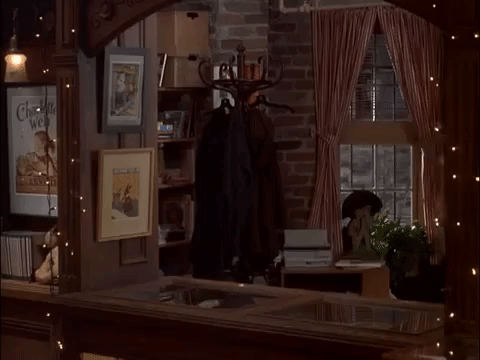How to Write a Cold Email that Gets Opened
Or as Nora Ephron would say, "How to be the Heroine of your Own Story"
At some point as a business owner or entrepreneur, you will have to write a cold email or make a cold phone call.
Your pipeline will dry up. Your phone will stop ringing, or will only ring with one flavor of work that—while you are very good at—you cannot keep doing for the rest of your life. Or, there will be a partner that you know is the partner for your company.
And you, my dear reader, are the only one who can write that email or make that call.

Preparing to Write an Excellent Cold Email
Let’s start with the basics: do your research.
For every cold email I’ve ever written, I’ve typically spent 2 - 3 days researching both company and the person I’m writing—typically the founder.
The things that I’m looking for at a high level:
The Brand
I’ll pore over all their social accounts—from their first posts to their most recent—and website. I’ll pay attention not only to what they’re posting but also how they’re engaging in the comments and who they’re following.
I’ll subscribe to any of their newsletters and join any of their fan-driven communities (Reddit, Strava, Discord, etc.) Basically, I want to spend time where people are talking officially and unofficially about their business/brand.
I’ll pull a cross-section of media mentions of the company from various media outlets (if they exist) to see how they’re being talked about and how they’re presenting themselves to the world through more formal media channels.
And finally, I’ll look at current or recent job postings (and who they’ve hired) to see how and where they’ve been growing the company and also how they talk about the internal culture of company.
The Founder
I’ll listen to any podcast interviews with the founder where they’ve told their story and the story of the company in-detail. I particularly love podcasts because I want to hear the intonation in a founder’s voice as they speak—how their pacing changes during certain stories, or where they choose to pause and really consider their answers before speaking.
I’ll also take a look at their LinkedIn to see what their background is—what were they doing before they started their company, what can I surmise about the skills that brought them to starting their own company and what hypotheses can I form about the kind of founder they may be because of their past experience? I might be totally wrong but I’m sketching my own version of the company in my mind.
Synthesis
I take all of the above inputs and create a timeline of the company on a piece of A5 graph paper. I try to imagine the key moments of growth for the company—product launches, partnerships, market expansions, new hires—as well as set backs—recalls, layoffs, tariffs, pandemics, etc. With all that mapped out, I then create themes for different moments in the company’s story from its founding to the present day.
And then, I look forward and ask myself, “If I were on their team, what would my next focus be?” Or put another way, how would I help them be more themselves right now?
The ideas I have from that synthesis exercise are the raw input for my cold email.
Note: If you’re early in your career, the above is a good outline for creating a backgrounder before any meeting with a client or prospective client. The same can be said if you work in fundraising too—just tweak the prompts a bit to be relevant to your industry.
The Anatomy of an Excellent Cold Email
Okay, you have an idea (or a few). Now you need to write the actual email.
Your goal is three-fold:
Get the recipient to open the email
Share an idea that offers something of value to the reader
Get a response
I do not have a single format that I use, and I do not recommend that you train your AI bestie to mass produce these things. You’re human, be human.
I do have a few elements that consistently appear in my cold emails though:
I make it abundantly clear that I respect their business and that I’ve done my homework. I include specific examples of things that caught my attention and express why those examples are meaningful to me. This isn’t to “get credit” for doing my homework, this is to make sure that the founder knows that this outreach is personal and specific to their company.
I include an idea for how and/or where their company could go further with our support. I always ground this in a specific observation about their company—connecting it to something they’re already sharing in the world.
I do not assume that they will open an attachment or visit our website, so I swiftly and confidently introduce Array and our qualifications to support companies like theirs. I don’t grand stand, but I do proudly stand beside our work.
I always close with an offer—a call, a coffee, a conversation. It’s easy to forget to ask for a meeting after you’ve done all the heavy lifting.
The Subject Line
The hardest part of writing a cold email is crafting a good subject line. I tend to go a little too earnest (oy), but we all have our faults, right? You know your voice, so be yourself.
I recommend being direct and avoiding anything that could be construed as a salesbot. In a past life I (in)famously figured out that if you wrote a recipient’s name repeatedly (Subject Line: Alex Alex Alex Alex), I could get nearly everyone to open an email but… please don’t do that. It was the early 00s. Be better than early 00s ALC.
Press Send
Do a final proof. Don’t overthink it. Press send before you talk yourself out of it. The more cold emails you write, the better you will get.
If any of this is useful, let me know if the comments.
Yours,
ALC


saving this not a template template - ty ALC
Love this! Feels like a lot of time/research though for one email. I assume you're getting solid response rates!?